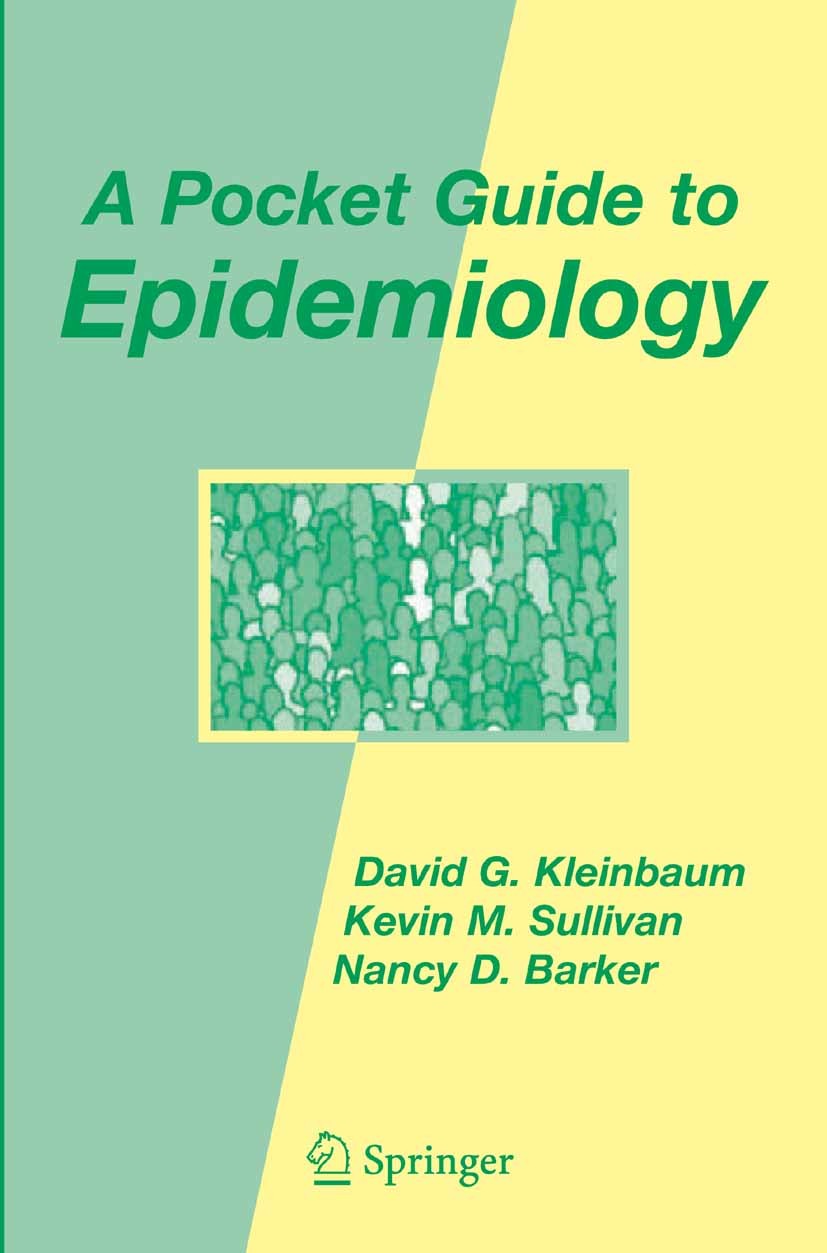| 期刊全称 | A Pocket Guide to Epidemiology | | 影响因子2023 | David G. Kleinbaum,Kevin M. Sullivan,Nancy D. Bark | | 视频video | http://file.papertrans.cn/142/141713/141713.mp4 | | 发行地址 | In the nearly three years since the publication of the ActivEpi companion text, the authors received several suggestions to produce an abbreviated version that narrows the discussion to the most "esse | | 图书封面 |  | | 影响因子 | .A Pocket Guide to Epidemiology. is a stand-alone introductory text on the basic principles and concepts of epidemiology. The primary audience for this text is the public health student or professional, clinician, health journalist, and anyone else at any age or life experience that is interested in learning what epidemiology is all about in a convenient, easy to understand format with timely, real-world health examples. | | Pindex | Textbook 2007 |
The information of publication is updating

|
|
 |Archiver|手机版|小黑屋|
派博传思国际
( 京公网安备110108008328)
GMT+8, 2025-11-14 01:36
|Archiver|手机版|小黑屋|
派博传思国际
( 京公网安备110108008328)
GMT+8, 2025-11-14 01:36


